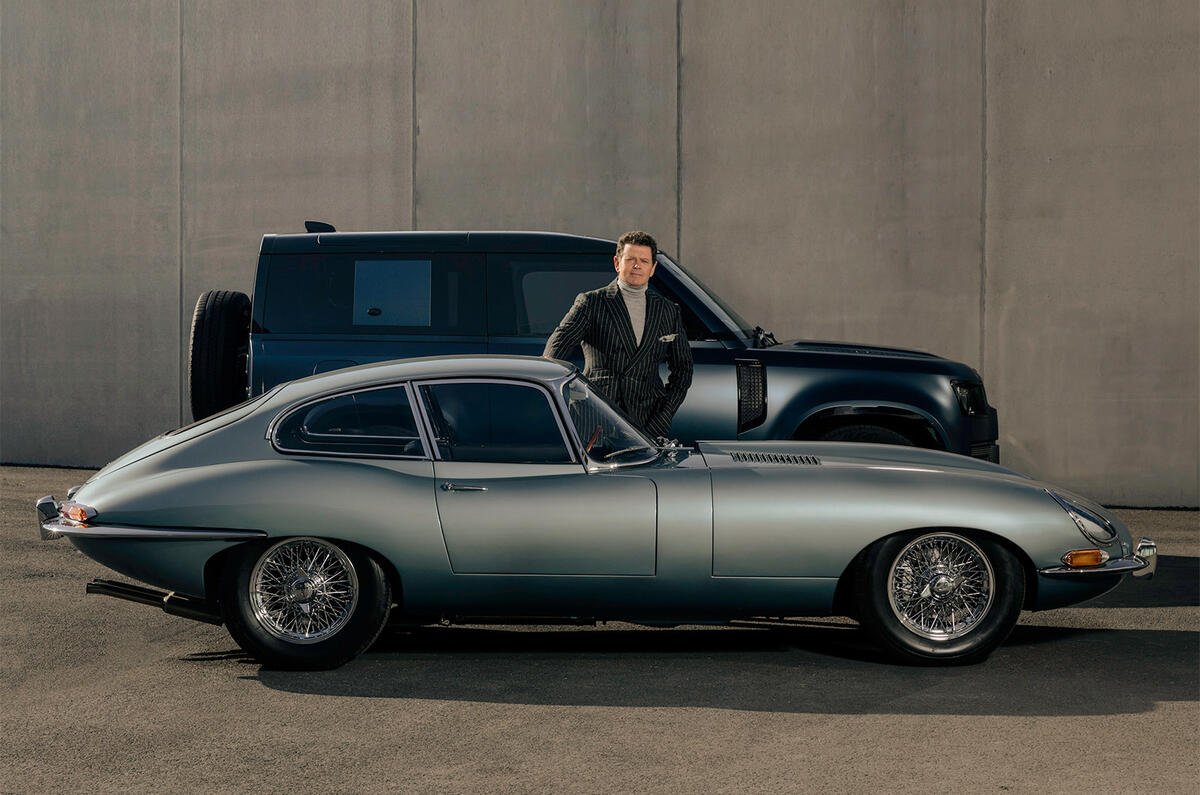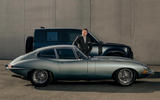What will Gerry McGovern do at Jaguar? This has been the hottest question in British car design circles since January, when creative, combative, single-minded McGovern was elevated to the new position of chief creative officer at Jaguar Land Rover by CEO Thierry Bolloré, himself just four months into the job.
Whereas the Englishman was previously responsible only for Land Rover design (a job that he accomplished with both design brilliance and commercial acumen), he would now also be a key figure in the future of Jaguar – a brand far more troubled and far less successful.
A couple of weeks after McGovern’s promotion, Bolloré shocked the car world with a radical plan for wholesale change at JLR called Reimagine. It proposed a progressive path for Land Rover but huge changes for Jaguar.
By 2025, Sir William Lyons’ famous marque would ditch most of its line-up in favour of a smaller, all-electric, non-SUV family of cars built on one new platform. It would even kill the yet-to-launch XJ electric limousine, a flagship of the previous management’s way of doing things.
The floodgates of speculation opened wide. If Jaguar saloons weren’t selling and SUVs weren’t the future, what on earth would post-2025 models be like? Was the 86-year-old sports and prestige car marque about to move to the margins of production numerically speaking, like Aston Martin and Bentley? Would Jaguar, for all its proud Le Mans 24 Hours history, still be able to call itself a sports car company? What would now be made of the proud 1940s-to-1970s heritage so often used to shore up the company’s present? McGovern was suddenly at the centre of such decisions.

Like a few hundred other media outlets, Autocar clamoured for an interview. Unlike most, we were successful, last week enjoying an exclusive and candid 50-minute chat with him almost entirely on Jaguar matters. Land Rover was hardly mentioned; after all, with the much-acclaimed new Defender just launched, a game-changing new Range Rover ready to go and a raft of electrified models already planned, the SUV maker’s future is looking good.




























Join the debate
Add your comment
Apart from the issue of poor build quality and poor reliability which have haunted this brand forever and a day. Jaguar have not knocked out anything attractive in terms of their car designs for decades, and I mean decades. They need real talent to enter the fray. Not someone who can apparently talk a bit...
But they scrapped it, after already spending millions on a dedicated platform and a design.
JLR's decision-making is about as focused as a headless chicken.
Talk is cheap and easy, delivery much more of a challenge. After years at Land Rover, can this guy even envisage any shape other than a two box with rounded off corners?
Jaguar need two or three standout cars, with the same impact as the E-Type, Mk2 and XJ6 had in their time. That's a very big ask and I look forward to seeing their efforts.
It's a bit harsh criticising Ian Callum, his predecessor. Callum was given a brief and from that produced three great looking cars in their very different classes, the XF, F-Type and I-Pace. It's not been the design that has let Jaguar fall in the last ten years. It runs much deeper than that.